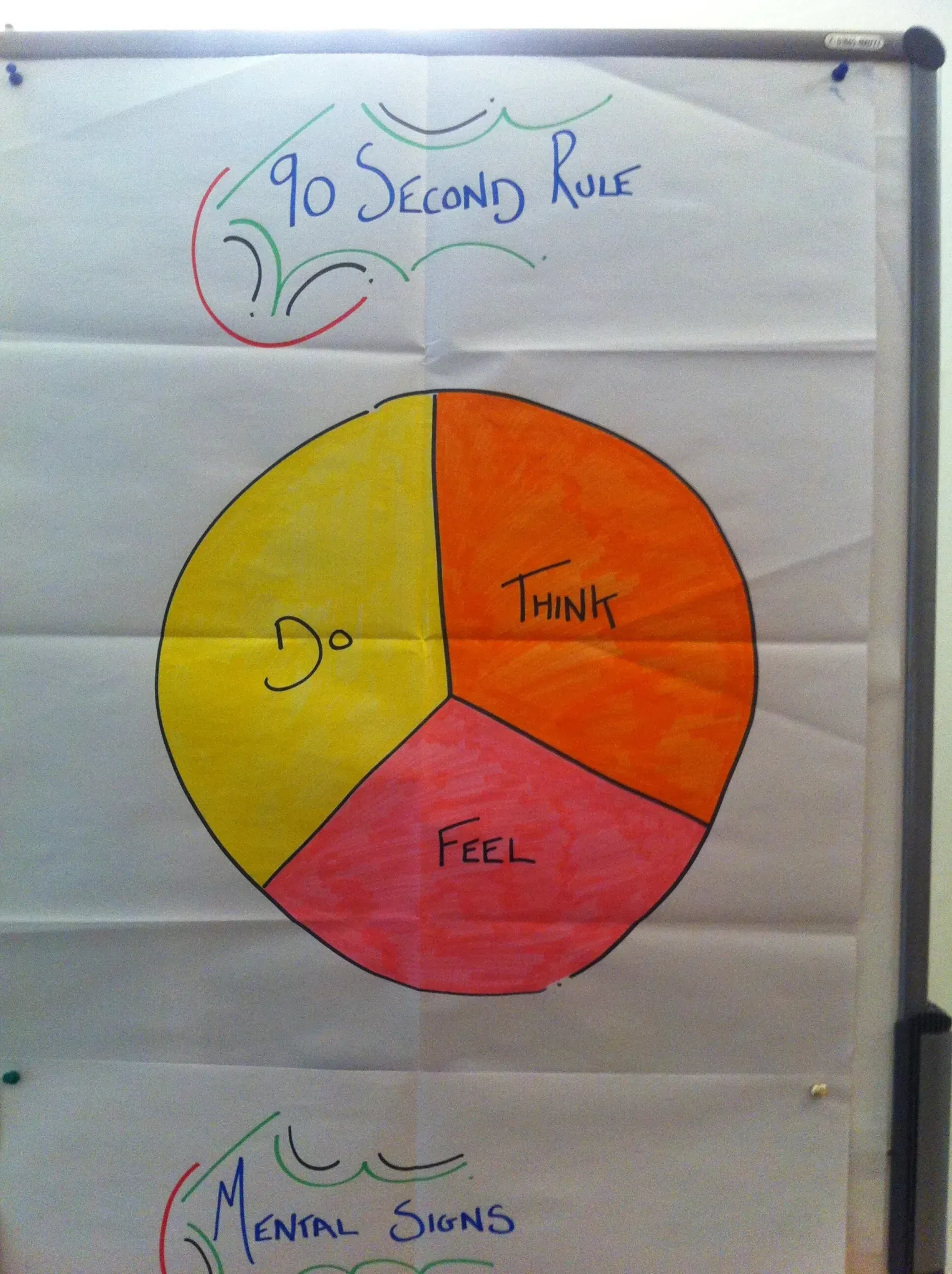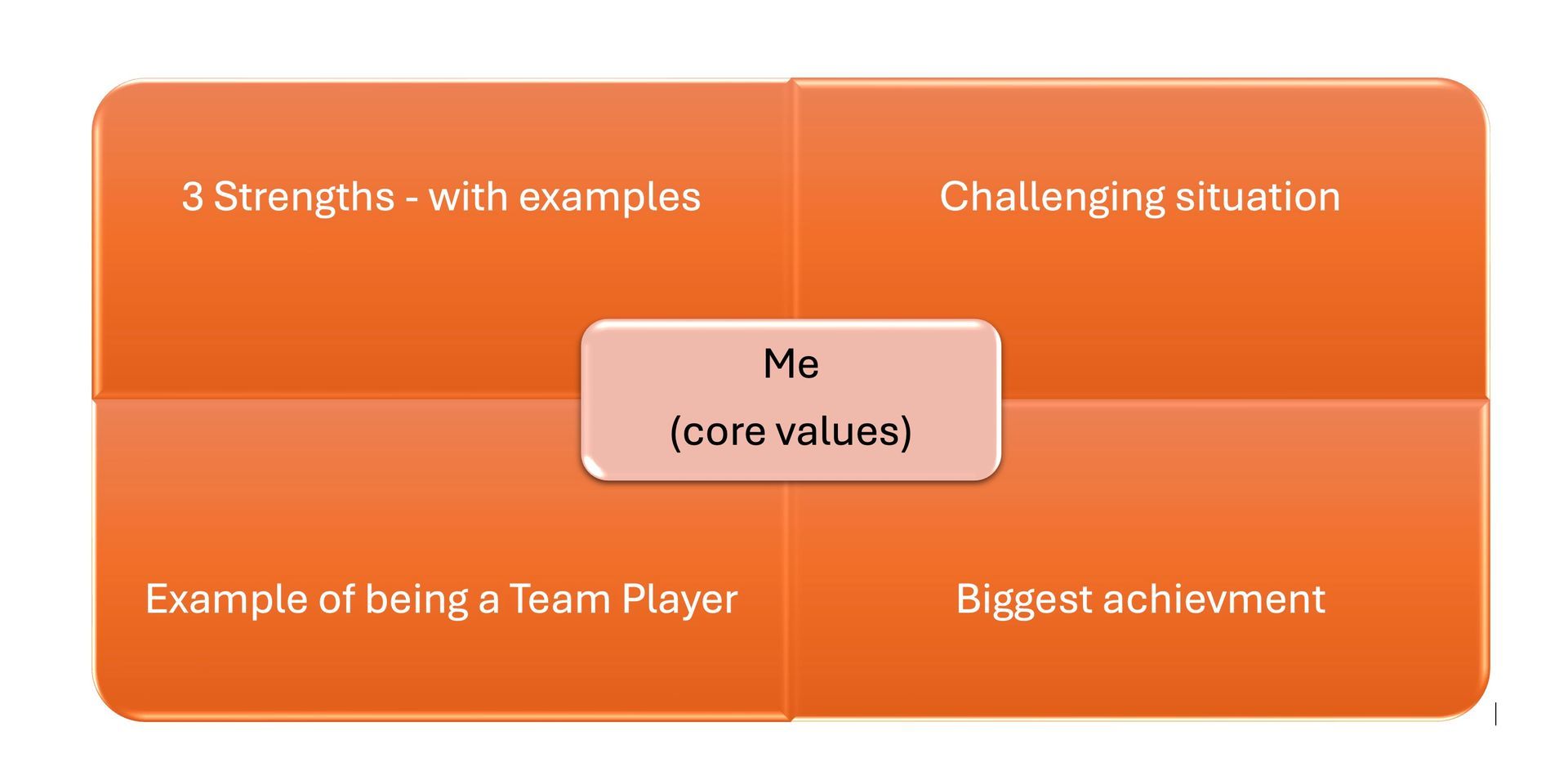How to manage your own pressure points…?
The first step is to identify the pressures you are under.

Is there any pattern is it environmental, people or organisational demands.
What happens to you before the pressure mounts?
Identify your personal signs and symptoms:-
Mental signs
- Indecisive
- Over analysing
- Worrying
- Loss of concentration
Emotional signs
- Nervous
- Anxious
- Hopelessness
- Tearful
Behaviour (habits that become exaggerated)
- Twitching
- Slamming around
- Eating too much
- Fiddling with hair
Physical symptoms
- Back ache
- Head aches
- Skin rashes
- Indigestion
It is very personal and is different for every individual, and taking the time to identify your own personal signs and symptoms could prevent pressure leading to stress.
Pressure is managed by ourselves we decide whether to fight or flight, do we stay or run away from a situation.
The process we use is the same every time we have to think about something which leads to how we feel about it and then ultimately what we do.
The human software for managing pressure.
Knowing that you cannot think and feel at the same time is life changing. It is also good to know that you have to pass through thinking, feeling and doing, there is no shortcut.
Example:-
- I return to my desk after a meeting, someone has left a folder there
- I THINK how annoying who does the folder belong to
- This leads me to FEEL irritated
- At the point of my being in feelings someone asks if I have called Mary
- What I DO is reply sarcastically
If the software on your computer is not working you would switch the machine off and on again.
We can do exactly the same as humans. It will take 90 seconds, which is long enough to walk to the kitchen, get some fresh air and most importantly just concentrate on breathing. We can then try again:-
- If I THINK about the folder, logically it could be Brian’s
- I FEEL less anxious now I know the owner
- What I will DO is walk over to his desk and confirm it is his
Your signs and symptoms are made up of think/feel/do:-
- Mental – the way we think
- Emotional – how we feel
- Behaviour – is what we are doing
If you know any of the three are not operating as they should, you need never reach your physical symptoms. The 90 second reboot gives you time to create another perspective.












